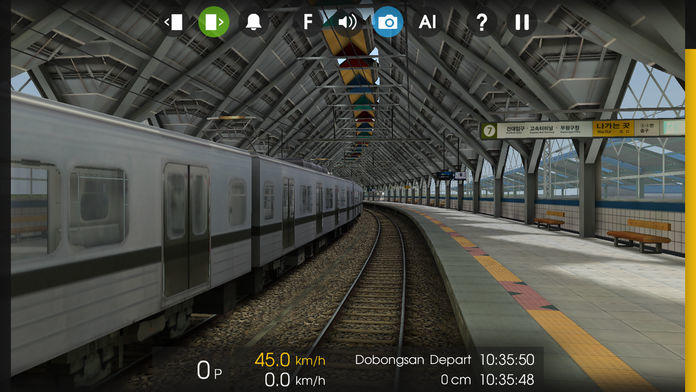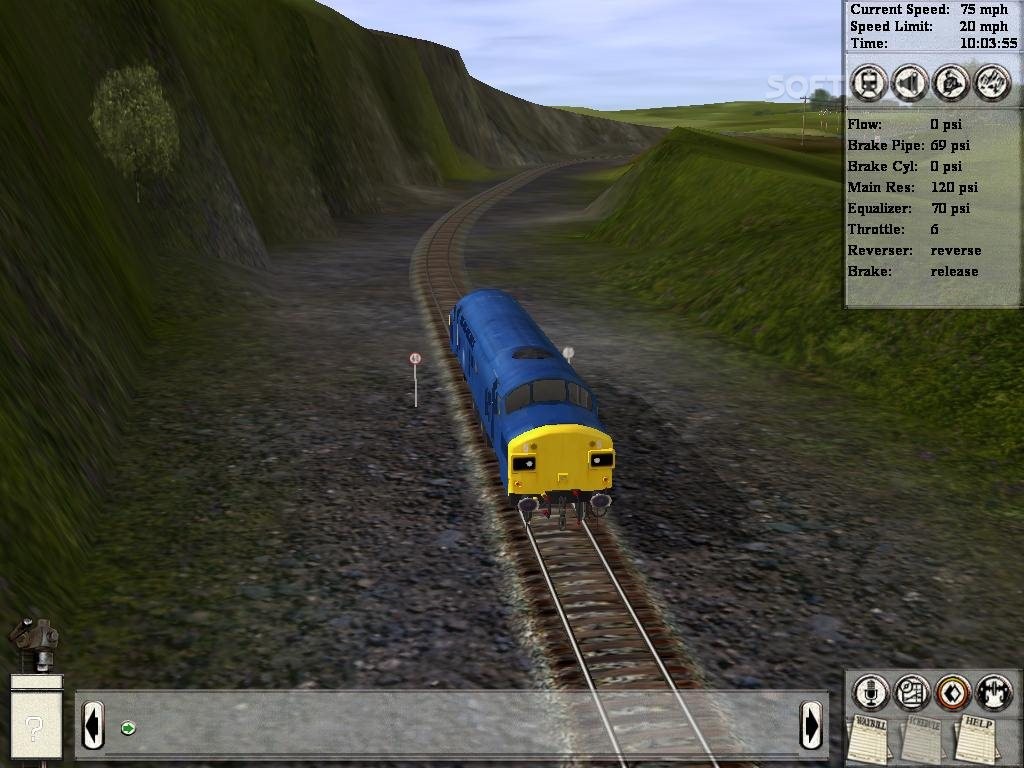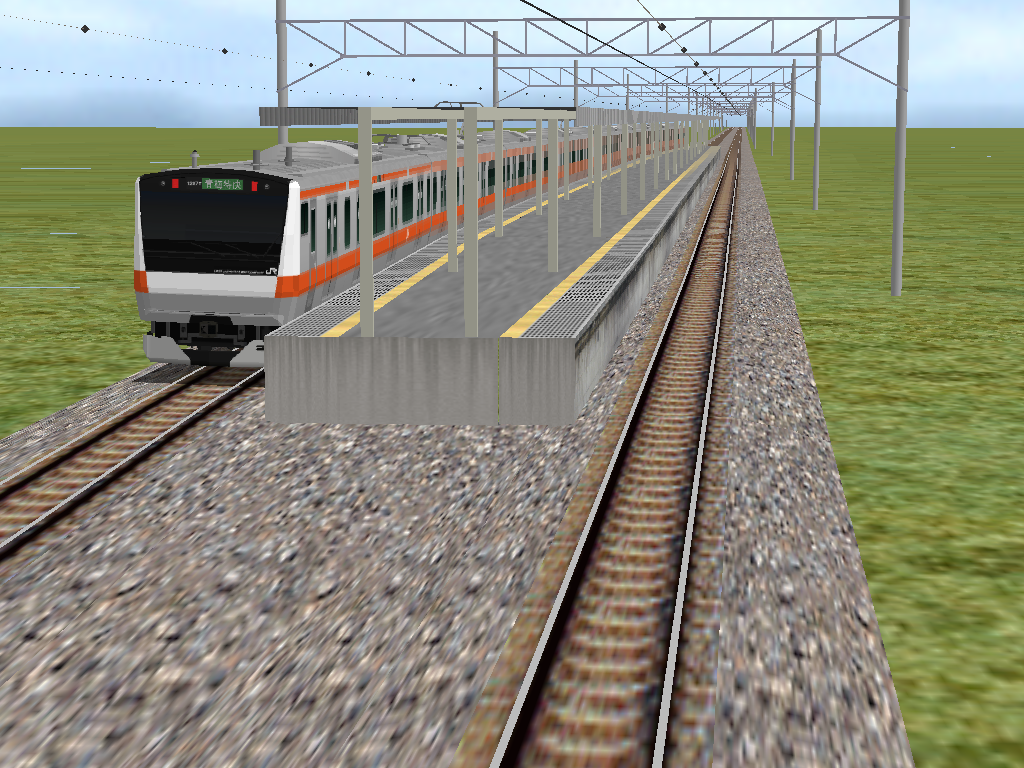

- Bve 2 japanese routes Patch#
- Bve 2 japanese routes Pc#
- Bve 2 japanese routes series#
Een aangepaste versie van het programma wordt gebruikt in het London Transport Museum als een interactief museumstuk. Er is een internationale gemeenschap van routebouwers voor dit systeem. De vroegere naam, Boso View Express, was een woordspeling gebaseerd op de naam van de East Japan Railway Company EMU.
BVE Trainsim (vroeger BVE, een afkorting van Boso View Express, 暴走ビューエクスプレス) is een freeware, geschreven door Takashi Kojima, een (destijds) Japanse student. Il est utilisé au musée des transports de Londres sur des simulateurs du Métro de Londres Il y a actuellement quatre version disponibles, BVE 2, BVE 4, le tout dernier BVE 5 (disponible en version de démonstration seulement, car en cours de développement) et OpenBVE, logiciel libre tournant également sous GNU/Linux. Il est gratuit et téléchargeable sur le site officiel de Mackoy. Bozo View Express (BVE) est un jeu de simulation ferroviaire gratuit réalisé par Takashi Kojima, un étudiant japonais. * Gracias a su carácter abierto, usuarios de todo el mundo han creado centenares de rutas, objetos, trenes y sonidos para el programa. La versión 2 de BVE requiere DirectX, mientras que la versión 4 (actualmente la más moderna disponible) necesita que la plataforma Microsoft. Bve 2 japanese routes Pc#
Se pueden obtener versiones para los sistemas operativos Windows 98, Windows Me, Windows 2000 y Windows XP también puede utilizarse bajo emuladores como Virtual PC o WINE.
BVE Trainsim (antiguamente BVE, abreviatura de Boso View Express) es un simulador de trenes distribuido como freeware y creado por el japonés Mr. Routes built by independent developers simulate rail activity in Africa, Asia, North America, South America, and Europe. Route builders have produced over 300 additional routes for the program, along with matching cab environments. Although the internal working of the BVE Trainsim program itself cannot be modified, additional routes and train cab views can be added via a number of text-based configuration files. Bve 2 japanese routes series#
BVE Trainsim was designed and developed by Takashi "Mackoy" Kojima starting in 1996 with the original program name coming from the Japanese 255 series multiple unit trains found in routes in Japan. It is notable for focusing on providing an accurate driving experience as viewed from inside the cab, rather than creating a network of other trains-other trains passed along the route are only displayed as stationary objects.
BVE Trainsim (originally Boso View Express) is a Japanese three-dimensional computer-based train simulator. The wayside decor is a bit lacking.īe sure to check out BVE 5.8RC, running new trains with the modern routes is much smoother, and keep on the look out for BVE6 routes. Coffee & Sleep's routes and vehicles are very accurate system and handling wise, including things like energy consumption. 副都心線) routes from ぐりぃん・しゃとる and the Tokyo Monorail A bit outdated but still offer decent train handling and systems and were highly recommended when BVE5 first came out:Īll the TRTA (ie. JR Kobe line collaboration from Here.You can also find the Nagoya Common asset pack there. Well modelled, accurate handling (including rain) and the complete set of routes with a ton of trains. A JR West/JR Shikoku route with a good mix of different trains that handle very differently.Īll the Hankyu routes from L53 & すずはる on 複巻電動機. 神戸・京都・湖西線 mix of JR West interurban express services through a variety of terrain and settings, by みやこ路各停. This allows you to drive with more modern trains. Bve 2 japanese routes Patch#
You might want to patch it to be compatible with a new C-ATS plug by NNN2. A through train route (updated late 2018) Commuting route with subway core section.

総武・成田線 by 中野かずさ from umikaze81, last updated this week.Standard JR East suburban/rural route. My personal recommendation for "modern" (as in recently created or updated, not the setting era) routes:

Your best bet for Japanese routes is on the BVE5 wikiĪnother place you can try is the ( ) but most of the routes you can find here are on the wiki, but you get a bit of an English interface if can't read Japanese.







 0 kommentar(er)
0 kommentar(er)
